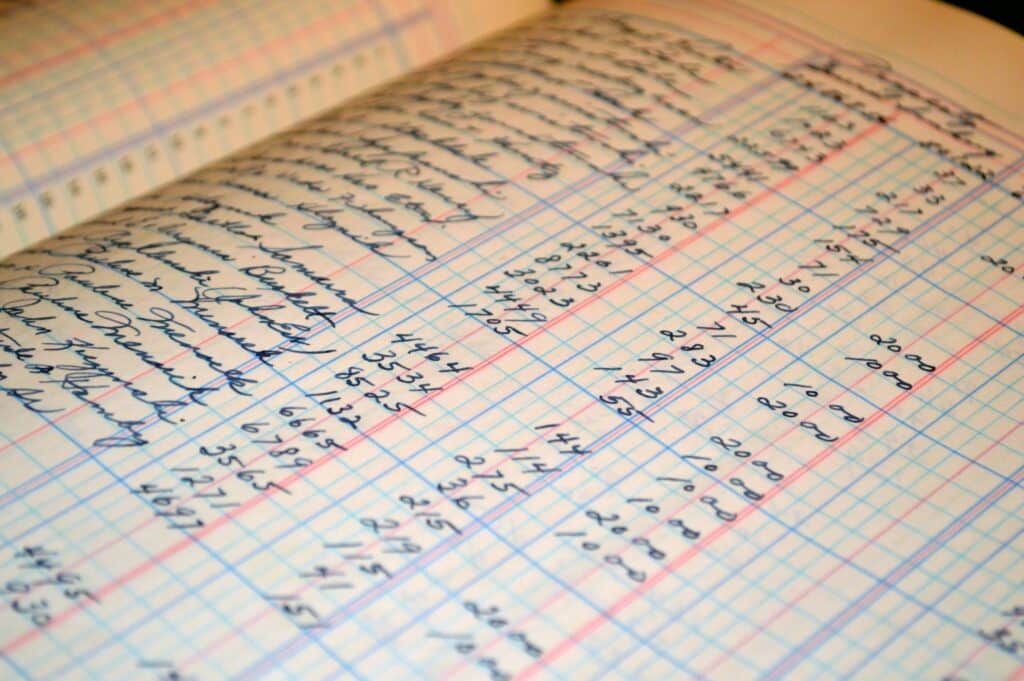If you’re named the executor (or Personal Representative) of an estate, you will be tasked with identifying the decedent’s assets. Let’s look at some of the options you may have for identifying assets:
- The deceased’s will, if they have one
- Their financial statements or legal documents
- Their recent tax returns
- Abandoned asset database searching; and
- Public property records search.
Yahoo Finance’s recent article entitled “What Is Included in an Estate Inventory?” says you may also be able to find assets for an estate inventory by talking to the decedent’s financial advisor, estate planning attorney, or relatives. An executor must be as thorough as possible so the final inventory list submitted to the probate court is accurate and complete.
If you’re planning your estate, you can make this job easier for your executor by creating an estate inventory yourself. Keep a copy of this inventory with a copy of your will if you have one in place. (If you don’t have a will, draft one sooner rather than later.) If you pass without a will, your assets will be distributed according to state law which may not be what you intend.
If you’re making an inventory of your estate, include assets that an executor might need in the court inventory. Depending on your financial situation, your estate inventory might consist of:
- A 401(k) plan or similar employer-sponsored retirement plan
- Traditional or Roth IRAs
- Business retirement accounts, such as a solo 401(k) or SEP IRA if you’re self-employed.
- Taxable brokerage accounts
- A Health Savings Account (HSA)
- College savings accounts
- Life insurance policies
- Bank accounts
- Vehicles
- Real estate and land
- Personal possessions that are valued at $500 or more; and
- Family heirlooms, antiques, or collectibles.
You can simplify the executor’s job by listing any liabilities or debts you owe. This list can include a mortgage on your home, auto loans, private student loans, credit cards, installment loans, business loans, tax liens, medical bills, and personal loans. Once you complete your estate inventory, you may want to file a copy of it with your estate planning attorney. Review your list annually to make sure that it’s up to date.
Knowing what’s included in an estate inventory can make your job as an executor easier. If you submit an incomplete list, it may delay the probate process.
Reference: Yahoo Finance (Feb. 15, 2022) “What Is Included in an Estate Inventory?”



